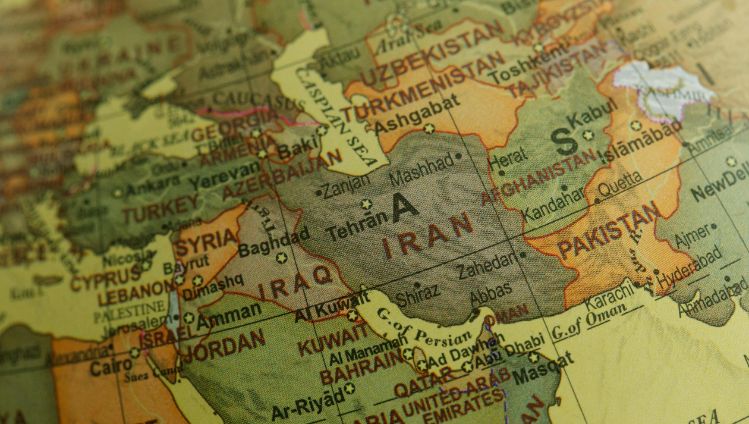
Goat Milk Through the Ages: A Journey of Tradition, Nutrition, and Wellness
Throughout the history of human society goat milk has been highly esteemed for its velvety texture and distinct taste. Its origins can be traced back to eras when our ancestors began taming goats primarily for their milk. This blog dives into the captivating evolution of goat milk, the consumptions preferrences in different cultures and the rising popularity under health-conscious trend.

The Beginning of Goat Domestication
The domestication of goats is believed to have occurred around 9,000 to 10,000 years ago in the Fertile Crescent region, encompassing modern-day Iran, Iraq, and parts of the Middle East. Archaeological evidence suggests that early humans recognized the value of goats as a readily available source of milk, meat, and hides. Goats were well-suited to the harsh conditions of semi-arid and mountainous regions, making them an ideal choice for early agriculturalists and nomadic pastoralists alike.
These ancient peoples selectively bred wild goats (Capra aegagrus) for traits that would enhance their usefulness, such as milk production, docility, and adaptability to various environments. Over time, domesticated goats became integral to human societies for their contributions to food security, economy, and cultural practices.
Regional Preferences
Throughout history, different regions have developed unique preferences for consuming goat milk and its products. In many parts of the world, particularly in regions with arid or mountainous climates, goat milk remains a dietary staple due to its availability and nutritional value.
In the Mediterranean region, including countries such as Greece, Italy, and Spain, goat milk has been cherished for millennia. The Mediterranean diet, renowned for its health benefits and balanced nutritional intake, often includes goat milk products like cheese, yogurt, and traditional dishes prepared with goat milk.
Similarly, in the Middle East and North Africa, goat milk holds cultural and culinary significance. It is commonly used to make traditional dairy products like labneh (strained yogurt) and feta cheese, as well as savory dishes such as stews and kebabs.
In parts of Asia, including India, Pakistan, and Bangladesh, goat milk is also widely consumed, particularly in rural communities where goats are raised for both milk and meat. It is used to make traditional sweets, curries, and beverages like lassi (a yogurt-based drink).
Furthermore, in regions where cow milk is less readily available or culturally avoided, such as parts of Africa and Asia, goat milk serves as a vital source of nutrition for many people, especially children and the elderly.
Additionally some cultures attributed properties to goat milk considering it a source of increased energy and longevity. Historical texts from India and China emphasized the qualities of goat milk highlighting its role in enhancing vitality and restoring balance within the body.
Modern Consumption
In recent years, there has been a growing interest in goat milk products among health-conscious consumers worldwide. Goat milk is valued for its unique nutritional profile, which includes higher levels of certain vitamins and minerals compared to cow milk. Additionally, its lower lactose content makes it easier to digest for individuals with lactose intolerance.
As a result, artisanal goat cheese, goat milk yogurt, and other goat milk products have gained popularity in gourmet markets and health food stores across Europe, North America, and beyond. The versatility and distinct flavor of goat milk continue to captivate culinary enthusiasts and health-conscious consumers alike, ensuring its enduring place in global cuisine.
Summary
In conclusion, the history of goat milk is a testament to its enduring significance in human culture, diet, and agriculture. From its humble origins in the Fertile Crescent to its widespread consumption around the world today, goat milk remains a cherished and versatile source of nourishment for millions of people across diverse cultures and regions.